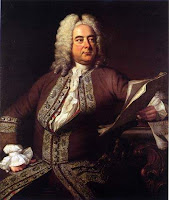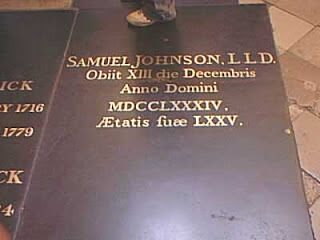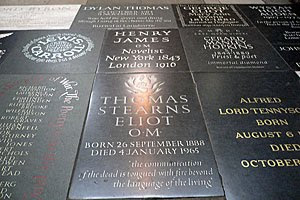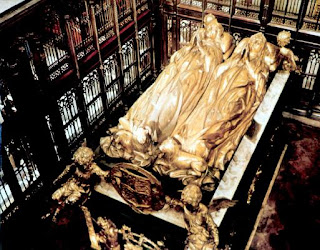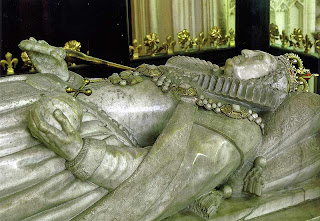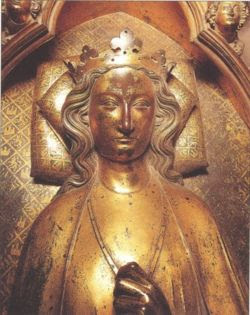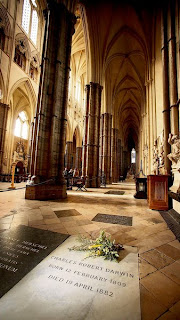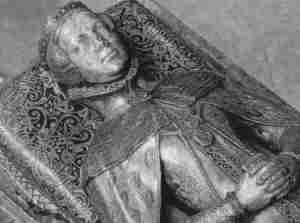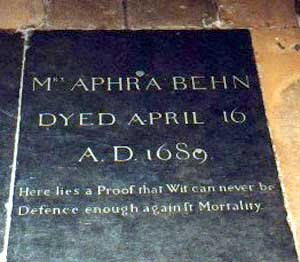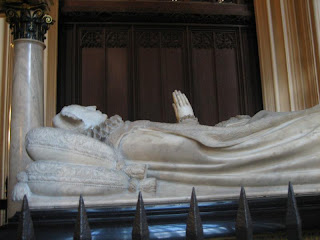 Clio Chase is hoping for a quiet season in Sicily with her family. There she can forget all about the enigmatic Duke of Averton and the strange effect he has on her. That is until he unexpectedly arrives, shattering her peace and warning her of trouble…
Clio Chase is hoping for a quiet season in Sicily with her family. There she can forget all about the enigmatic Duke of Averton and the strange effect he has on her. That is until he unexpectedly arrives, shattering her peace and warning her of trouble…
The unsettling attraction is still strong between them, despite the secrets they hide. But as the unknown threat grows, they are thrown together in the most intimate of ways. Clio knows there is only so long she can resist her mysterious duke!
“Amanda McCabe has crafted a spell-binding, sensuous read grounded in Greek mythology. Filled with muses, romance, intrigue, and mystery, this thrill-of-the-hunt Regency historical evokes visions of Aphrodite and Apollo amongst the ton setting. Like any great read, I was sad for it to end!” –The Season on To Catch a Rogue (read full review here!)
Last month I launched the “Muses of Mayfair” trilogy with book one, To Catch a Rogue. Now it’s almost May, and I’m very excited to talk about book two, To Deceive a Duke! (Book three, To Kiss a Count, is out in June). One commenter today will win a signed copy of Duke…
 In Rogue we met the second-eldest Chase Muse, Clio, and saw her clash with the mysterious Duke of Averton. In Duke they meet again, and those sparks fly between them once more–only this time they have an even harder time keeping them contained! They have to learn to work together to save a rare and precious hoard of ancient temple altar silver–but can they do it while also keeping their hands off each other? I think not…
In Rogue we met the second-eldest Chase Muse, Clio, and saw her clash with the mysterious Duke of Averton. In Duke they meet again, and those sparks fly between them once more–only this time they have an even harder time keeping them contained! They have to learn to work together to save a rare and precious hoard of ancient temple altar silver–but can they do it while also keeping their hands off each other? I think not…
After meeting this passionate pair in Rogue, I was very eager to see what was really going on between them. As I made my way through their story they often surprised me–and I’m supposed to be their creator, the director of their story! Ha. They usually paid me no heed and went off on their own rollercoaster ride.
It was the middle of winter when I started writing this book, and I was sick of cold, gray skies. I needed some sun ASAP, even if it was just vicariously! So I sent Clio, the duke, Sir Walter Chase, and his fourth daughter Terpsichore (Cory) off to bright Sicily for an archaeological dig. It was so much fun to read travel and history books (and sometimes historical travel books!) about the island, and imagine being somewhere warm and filled with olive and lemon trees, flowers, beautiful architecture, and historic sites. The ancient city Clio and her family are excavating is based on a real place, Enna, which was colonized by the Greeks in the 6th century BC and became a sort of vacation resort for them. Destroyed during the Second Punic Wars with its inhabitants killed or enslaved, it was buried in a mudslide in the 12th century which preserved an ancient agora, theater, and gorgeous holiday villas under almond and olive orchards. The medieval castle Clio and Averton explore together is based on a real site, as if Clio’s farmhouse where the silver is buried and the silver itself. This altar set is based on the famous “Morgantina silver” now in the Met (a great article about it can be found here, and more info about the history of the Enna province here).
 As we learned in Rogue, Clio is way passionate about what she believes in and is willing to go to great lengths to protect it–but so is the duke. What will happen if they again find themselves at cross purposes? (And I wish I knew where I could get Clio’s blue dress on the cover. It’s certainly impractical for excavation work but it’s so gorgeous!)
As we learned in Rogue, Clio is way passionate about what she believes in and is willing to go to great lengths to protect it–but so is the duke. What will happen if they again find themselves at cross purposes? (And I wish I knew where I could get Clio’s blue dress on the cover. It’s certainly impractical for excavation work but it’s so gorgeous!)
I have lots more info on my website, including some great sources for the history of the era in the History Behind The Book section. And if you don’t win today, you can enter the contest on my website or visit Kwana’s Blog before the end of of today to enter the contest there! (Giveaways galore!)
Where would you have a dream vacation? What are some objects you’ve seen in museums that have captured your imagination? And I have the potential to write more “Muses” books in the future–any ideas for possible settings for them? (I’d love to send Cory, who is an artist, to illustrate some sites in Egypt…). And on a completely unrelated note, how terrific was Small Island on “Masterpiece” last week??? I loved it.

